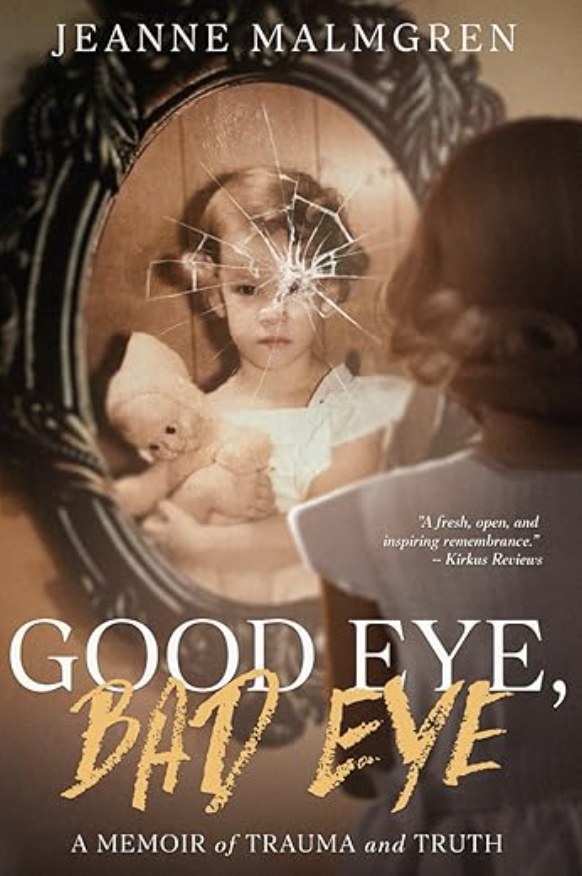Jeanne Malmgren’s story begins with a life-changing accident at the age of two, when she lost the use of one of her eyes. While adjusting physically was easier because it happened so early, the emotional and psychological challenges were profound. For most of her childhood, she lived with a disfigured eye—it wasn’t removed, and she didn’t receive her first prosthetic eye until she was nine years old.
A Transformative Step
The delay in obtaining a prosthetic eye deeply impacted Jeanne’s self-image and confidence during her formative years. “When I got my first eye at nine, it was a huge shift for me,” she recalls. Jeanne wears a scleral shell, which fits over her shrunken, damaged eye. Over the decades, she’s worked with numerous ocularists across different states as life moved her to new places. While the prosthetic eyes during these earlier years weren’t as advanced as today’s, Jeanne found that each new iteration improved her quality of life.
Jeanne lived in Florida for many years as an adult and found an ocularist there that she trusted deeply. Even after moving away two decades ago, she continued traveling back to Florida for appointments, despite the expense and logistical challenges. The decision to switch to a local ocularist closer to her current home in South Carolina wasn’t easy. “It’s such a relationship of trust,” Jeanne explains. “The ocularist is more than just a doctor—they’re someone who helps me get out into the world and live a normal life. My self-esteem and emotional well-being depend on their skill.”
Transferring Trust
After researching options, Jeanne scheduled an appointment with Emma, an ocularist closer to her home. The choice wasn’t made lightly. “I remember hanging up the phone after making the appointment and crying because I was so nervous about trusting someone new,” she says.
However, from the first meeting, Emma put Jeanne at ease. Her calm demeanor and confidence immediately reassured Jeanne that she was in good hands. By the time she sought Emma’s help, Jeanne was in her mid-60s and facing additional challenges, such as age-related eyelid drooping. Emma proposed a smaller, more natural-looking prosthetic that suited Jeanne’s evolving needs. The result was transformative. “It was much better than my previous eye—more natural-looking, and I was so happy with what she did for me.”
The process of crafting and fitting such a prosthetic is deeply personal. “It’s odd for me,” Jeanne reflects. “I go to great pains in my life to ensure no one sees me without my prosthetic. Then, when I visit my ocularist, the first thing they do is take it out and examine it. Emma made this such a comfortable experience. We’d have a normal conversation, and she never made me feel self-conscious. She’s the only person in the world I can do that with.”

The cover of Good Eye, Bad Eye, a book written by Jeanne.
Jeanne’s experiences with ocularists over the years—from her first prosthetic eye as a child to her work with Emma—are so significant that she wrote a memoir about it and dedicated a chapter to the doctors that have helped her. For her, an ocularist is far more than a medical professional; they’re a vital partner in building confidence and ensuring a sense of normalcy.
Today, Jeanne continues to see Emma for regular check-ups and polishing of her prosthetic. “I’m so relieved to have found her,” Jeanne says. “She’s not only skilled but has a way of making an incredibly vulnerable process feel normal. That’s something rare and invaluable.”
